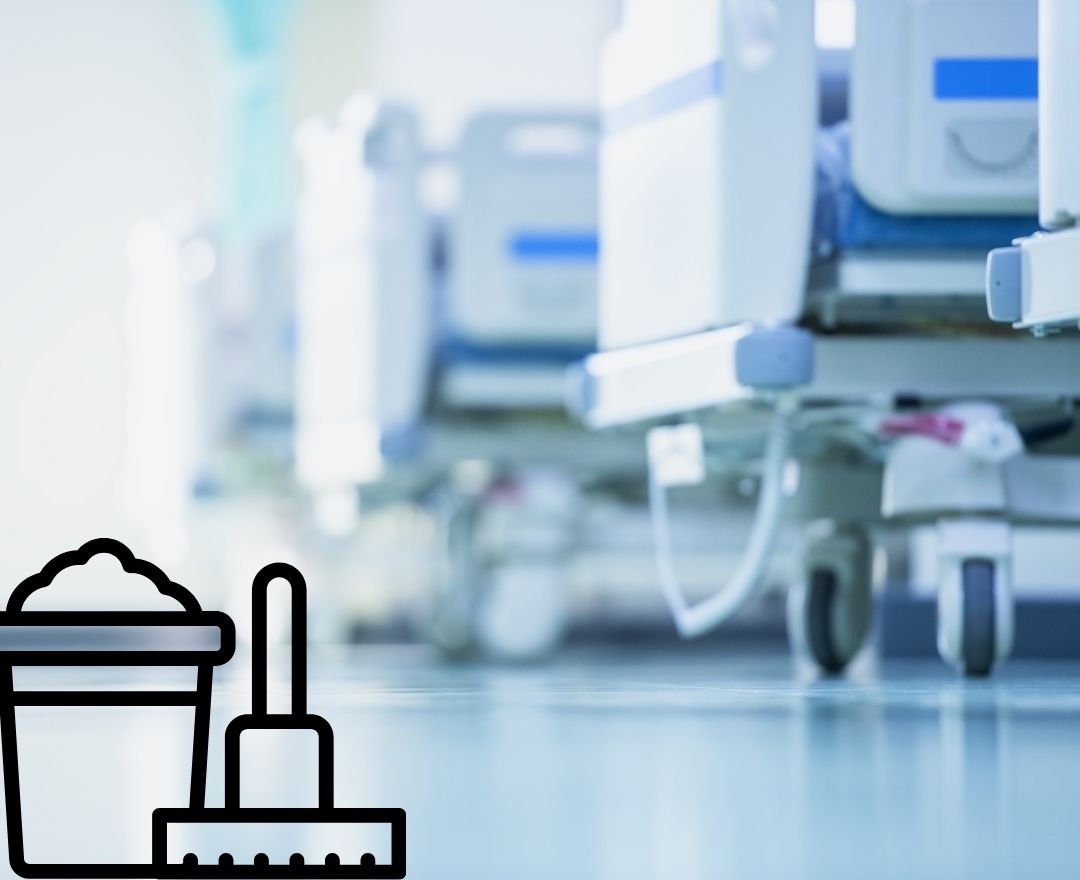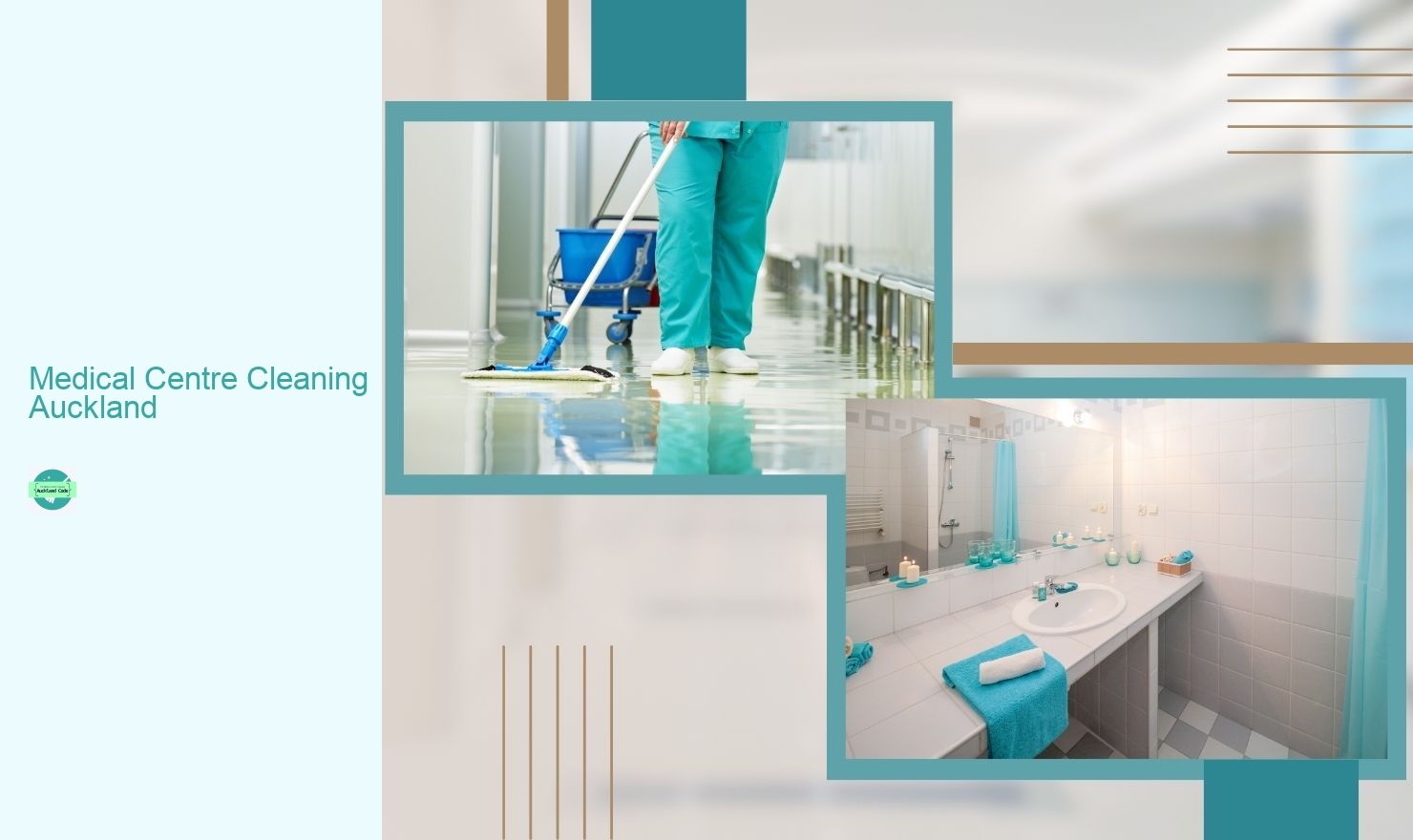
In the bustling urban landscape of Auckland, the healthcare industry plays a pivotal role in the well-being of the community. At the heart of this industry, medical centers serve as essential hubs for health and healing. The cleanliness of these centers is not just a matter of aesthetics; it is a crucial component of patient safety and overall hygiene. Today, we delve into "The Medical Centre Cleaning Auckland Code."
This exclusive report explores the stringent cleaning standards and practices that govern the medical centers in Auckland. We understand that medical facilities require a level of cleanliness that exceeds industry norms. "The Medical Centre Cleaning Auckland Code" represents a commitment to providing a safe, sterile, and welcoming environment for patients and healthcare professionals alike. From daily cleaning routines to specialized disinfection protocols, we uncover the strategies and professionals behind maintaining the highest standards of cleanliness in medical centers. Whether you're a healthcare provider, a patient, or simply interested in the pivotal role of cleanliness in healthcare, read on to discover "The Medical Centre Cleaning Auckland Code" and its significance in the realm of medical hygiene.
Medical centre cleaning plays a significant role in the overall health and safety of a medical practice. It is essential to ensure that all medical centres are properly cleaned and maintained to prevent the spread of germs, bacteria, and other contaminants. Despite its importance, many people do not understand the benefits of proper medical centre cleaning.
One of the main advantages of medical centre cleaning is that it helps reduce the spread of disease-causing organisms. By regularly sanitizing areas such as countertops, chairs, door handles, desks, and floors, potential sources of contamination can be reduced significantly. This reduces the risk of infection among patients and staff alike. Moreover, regular cleaning ensures that equipment like computers and phones remain free from dust or dirt particles which could otherwise lead to equipment malfunctions.
Another major advantage is improved air quality within the facility. Allergens from dust particles can cause breathing problems for both staff and patients alike if they are not appropriately removed via deep cleansing techniques. Additionally, proper sanitation also eliminates unpleasant odours which could detract from patient experience at a medical centre.
Finally, professional medical centre cleaning services offer additional benefits such as cost savings in terms of staffing resources since trained professionals take care of all necessary tasks in an efficient manner. Furthermore, by entrusting this important task to experienced cleaners rather than staff members who may lack expertise in this field one can rest assured knowing that all areas have been thoroughly inspected and disinfected according to industry standards.
In conclusion, there are numerous benefits associated with professional medical centre cleaning services including reduced risk for spreading diseases due to proper sanitation practices; improved air quality within the facility; and cost savings through experienced professionals taking care of all necessary tasks efficiently – ultimately resulting in a safe environment for both staff members and patients alike.
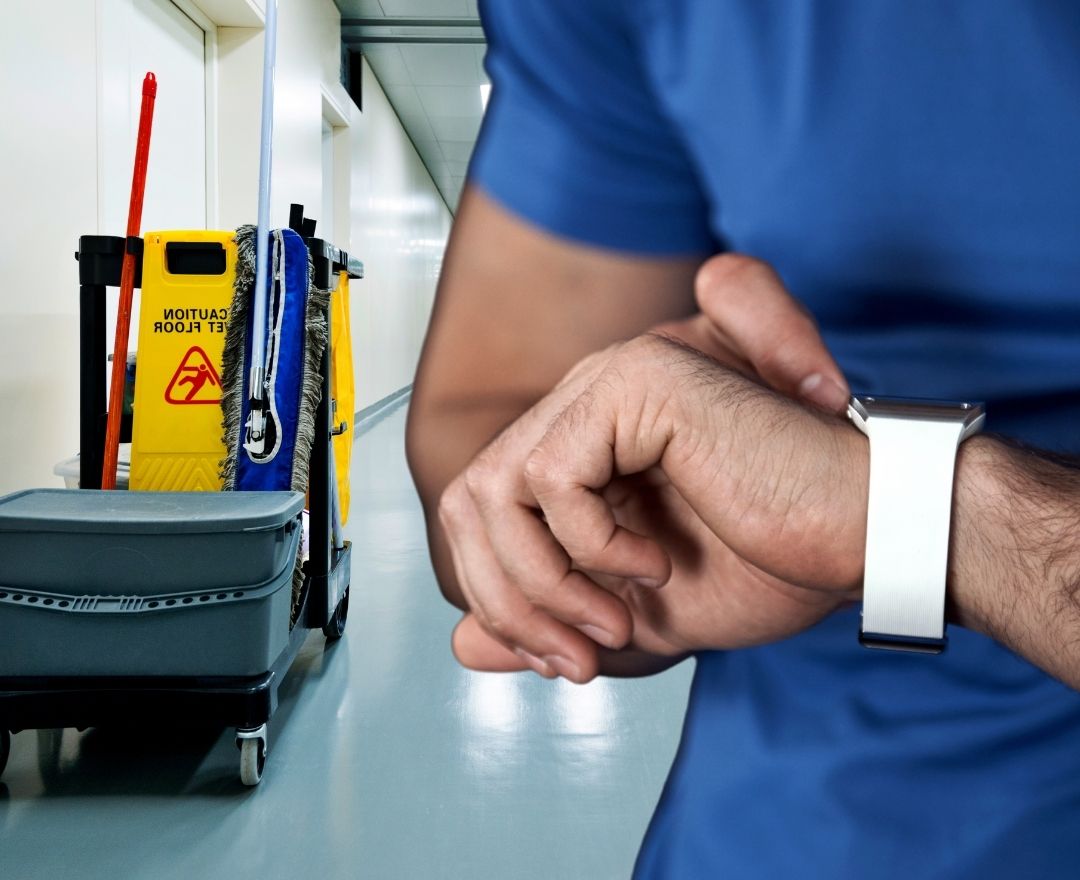
The cleanliness of a hospital room is not just a matter of aesthetics; it's a critical component of patient safety and recovery.
Posted by Beau Sleeman @The Medical Centre Cleaning Auckland Code on 2023-10-23

Behind the scenes of every hospital, an army of dedicated professionals ensures that the facility remains clean, orderly, and conducive to healing.
Posted by Beau Sleeman @The Medical Centre Cleaning Auckland Code on 2023-10-22

Hospitals, as centers of healing and recovery, demand a level of cleanliness and hygiene that goes beyond the ordinary.
Posted by Beau Sleeman @The Medical Centre Cleaning Auckland Code on 2023-10-21
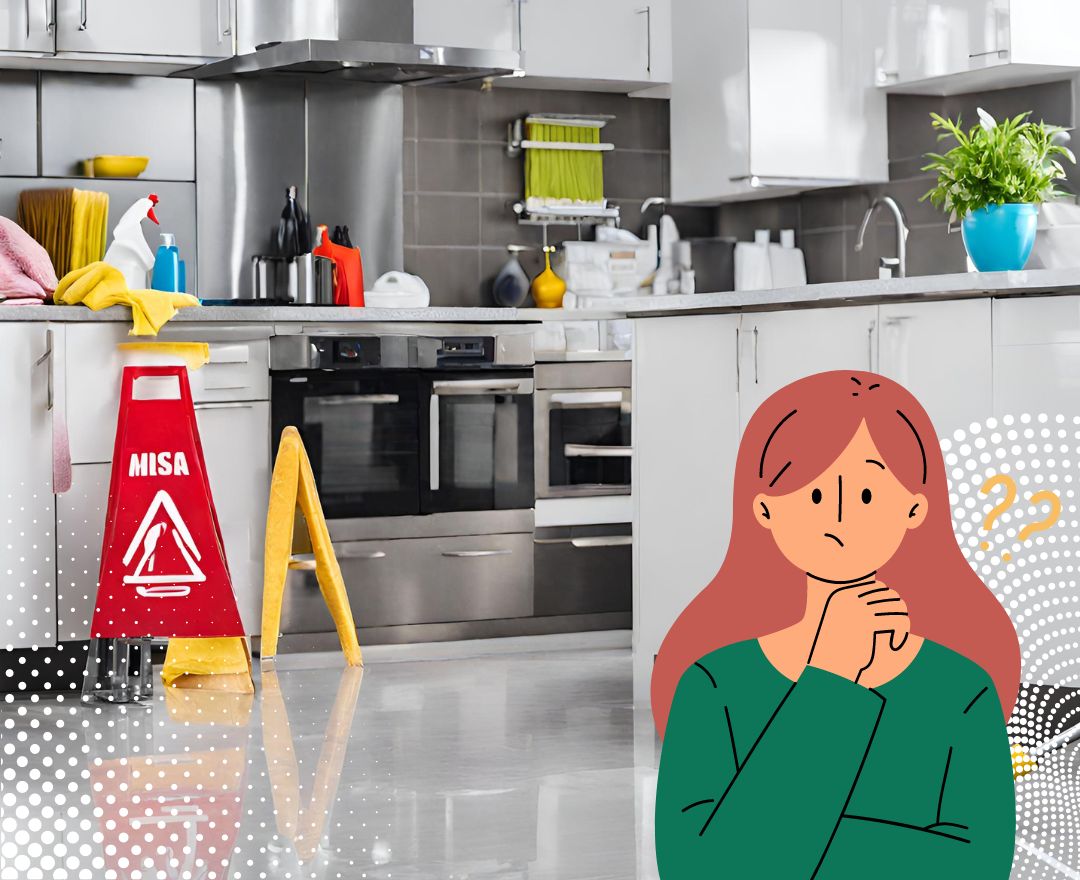
Embarking on the transformative journey of deep cleaning prompts the practical question: "How much should a deep cleaning be?"
Posted by Suji Siv @Clean Group on 2024-01-25
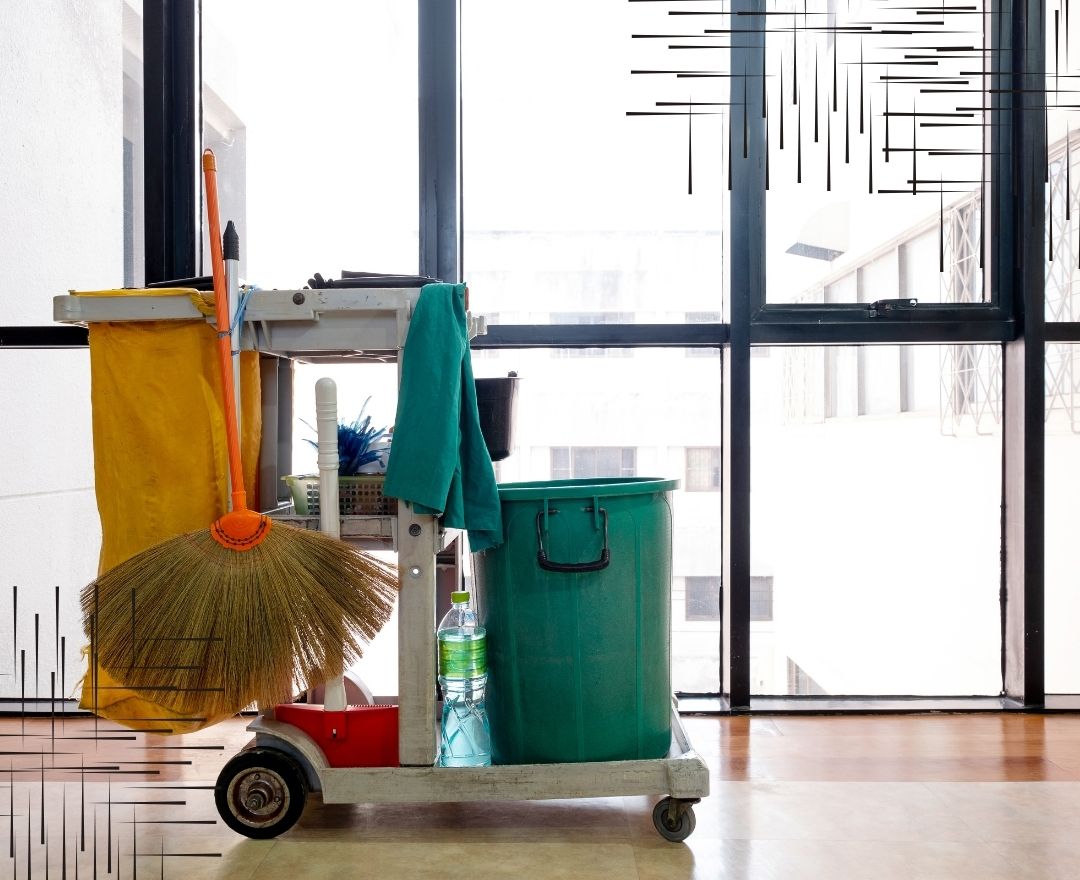
The Auckland Code is a medical centre cleaning code that was developed to ensure the highest levels of hygiene and safety for patients. It sets out a list of regulations that must be followed in order to keep the medical centre clean and safe. The code outlines specific steps for staff members to take when cleaning a particular area, such as how often it should be done, what chemicals to use, and what protective gear should be worn.
It also provides guidance on how to handle clinical waste, sharps disposal, and hazardous materials. Additionally, the code includes guidelines on how to store medications safely and prevent cross-contamination between patient areas. To ensure compliance with the code, regular inspections are carried out by health inspectors from local authorities.
Moreover, there are strict fines for those who fail to comply with the code or don't meet its standards. As part of their responsibility, staff members must stay up-to-date on any changes or updates made to the Auckland Code in order to stay compliant. Moreover, they must familiarize themselves with all relevant state laws regarding medical centre cleaning and safety protocols.
All in all, The Auckland Code is an essential tool for ensuring high levels of hygiene and safety at medical centres across New Zealand's largest city. By following its guidelines closely and taking proper precautions against contamination or hazards, health care facilities can provide quality care without compromising patient welfare or endangering staff members' wellbeing.
Compliance with the Code of The Medical Centre Cleaning Auckland is a must to ensure safe and hygienic environment. Every facility needs to take measures to meet the standards set by this code. This ensures that the medical centre is kept free from dirt, bacteria and other germs which may be hazardous for health.
Firstly, all staff should be trained on proper cleaning methods and techniques as prescribed in the code. They should be aware of different chemical solutions used for disinfection and their safety precautions when handling them. Moreover, they need to learn how to properly sanitize surfaces and maintain hygiene in the medical centre.
Secondly, all equipment used for cleaning should be regularly checked and maintained according to the code. Machines such as vacuums must be emptied after each use and cleaned using approved products only. All tools should be arranged neatly after usage so that they are easily accessible when needed again. Additionally, specific materials like mops or cloths must not be reused for more than one job as it could spread bacteria quickly through the facility.
Finally, regular inspections need to occur to guarantee compliance with this code. These assessments can help identify any lapses in cleanliness or maintenance, thus allowing corrective measures to take place accordingly. Furthermore, feedback from patients can also provide valuable insight into whether or not these standards are being adequately met at all times.
Transition phrase: In conclusion,
It is essential that everyone involved with The Medical Centre Cleaning Auckland follows this code diligently in order to protect people's health and wellbeing from harmful contaminants present in the environment there.

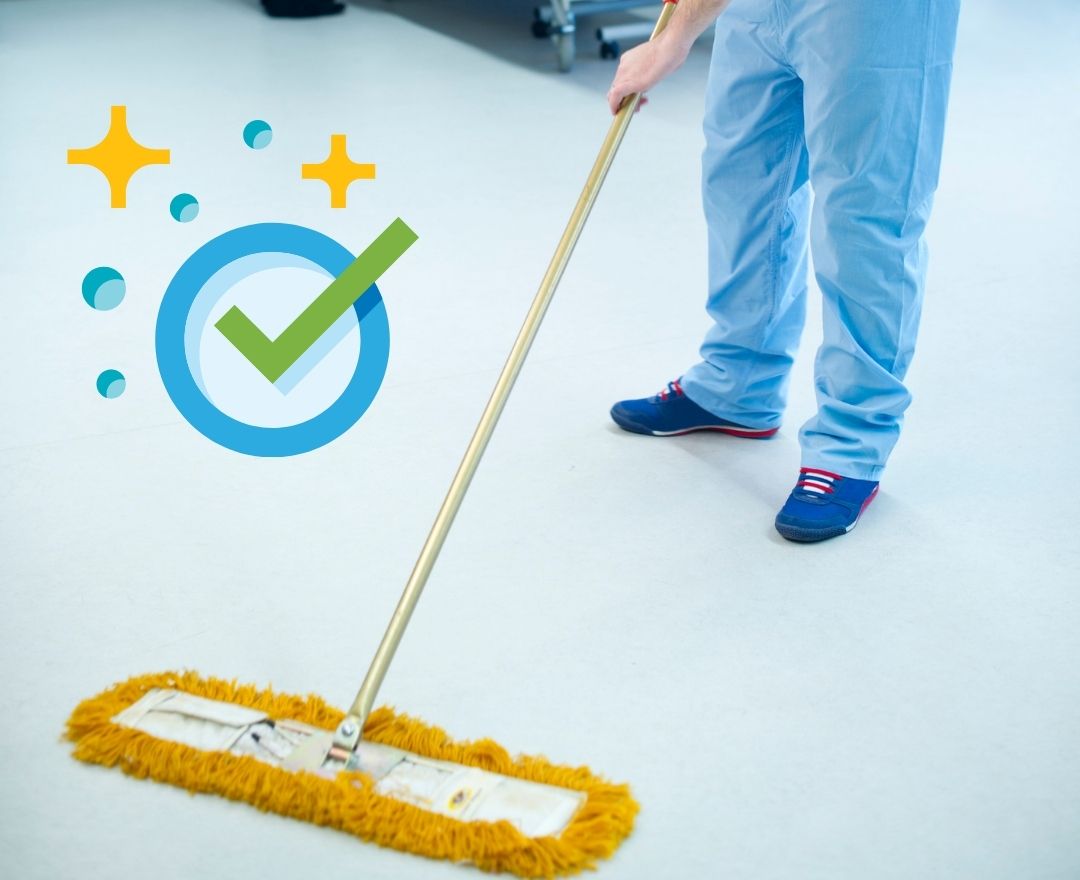
Cleaning Processes for Medical Centres is an important part of ensuring that medical centres are safe and hygienic. In Auckland, there is a code that outlines the necessary steps to ensure a high standard of cleanliness. Firstly, all surfaces must be regularly wiped down with disinfectant to kill any germs or bacteria present. This includes countertops, door handles and other frequently touched areas. It's also important to vacuum carpets and mop hard floors on a regular basis in order to remove dust, dirt and debris.
Furthermore, bathrooms should be thoroughly scrubbed using special cleaning products designed for this purpose. Toilets, sinks and showers should all be cleaned from top to bottom in order to remove any grime or build-up of soap scum. Additionally, trash cans should be emptied daily and liners replaced as needed. Lastly, air vents need to be dusted periodically so they don't accumulate dust particles which can cause allergies or respiratory problems when inhaled.
In conclusion, Cleaning Processes for Medical Centres are essential for maintaining a healthy environment where patients feel comfortable while receiving treatment. Following the Auckland code will help ensure that medical centres remain clean and sanitary at all times. Furthermore, it will prevent the spread of illness through proper hygiene practices such as regularly wiping down surfaces with disinfectant, mopping floors and scrubbing bathrooms thoroughly.
Preventing cross-contamination in medical centres is an essential part of the Auckland Cleaning Code. In order to ensure a safe environment for patients and staff, it is important that all areas are kept clean and free from germs.
First and foremost, regular cleaning should be done using disinfectants and other appropriate products. All surfaces should be wiped down at least once a day, with extra attention given to high-touch surfaces like door handles or light switches. Floors should also be mopped regularly with disinfectant solutions. Furthermore, any medical tools or equipment used during patient visits must be cleaned between each use too.
Moreover, proper garbage disposal procedures must be followed to prevent cross-contamination. This includes regularly disposing of rubbish in designated bins and ensuring that they are not overflowing or left unattended for long periods of time. Additionally, food waste should not linger around the centre as this can attract pests such as rodents which can spread diseases quickly.
Furthermore, adequate personal hygiene practices must also be maintained by both visitors and staff members alike. This means washing hands with soap before entering any room in the centre and after touching any potentially contaminated materials – including after using the restrooms! Additionally, wearing protective clothing such as masks or gloves when needed is another excellent way to reduce potential contamination risk as well.
In conclusion, preventing cross-contamination in medical centres requires vigilance from all parties involved – staff members, visitors, cleaners etcetera – but following the Auckland Cleaning Code will ensure a healthy environment for everyone who enters the facility!
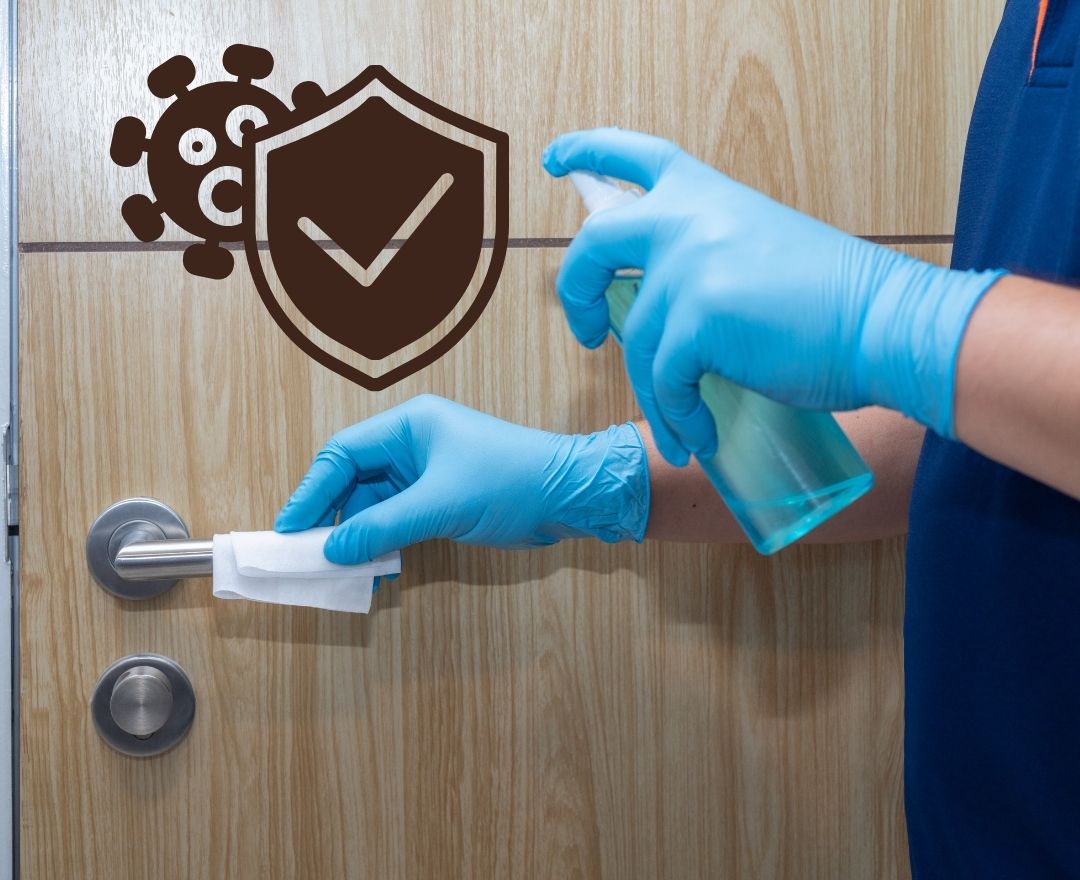
Comprehensive list of cleaning protocols, from general floor cleaning to specific measures for handling hazardous materials. Additionally, it outlines the necessary safety precautions to take when dealing with potentially hazardous substances.
Notably, this code also highlights appropriate methods for disposing of contaminated materials in accordance with local regulations. Moreover, it includes detailed instructions on how to properly sanitize equipment and surfaces in order to minimize risk of cross-contamination and disease transmission. Furthermore, it provides advice on how staff can ensure they are adhering to the highest standards of hygiene at all times.
In addition, The Medical Centre Cleaning Auckland Code ensures that medical centres have access to the latest research and guidance around infection control procedures – including advice on preventative measures like handwashing and PPE use. Moreover, it outlines steps that should be taken in case of an emergency situation or outbreak; such as providing clear instructions about who should be contacted if there is a suspected case of a contagious illness.
Overall, The Medical Centre Cleaning Auckland Code is an invaluable tool for helping keep our medical centres safe and free from contamination – thereby protecting both patients and staff alike!
